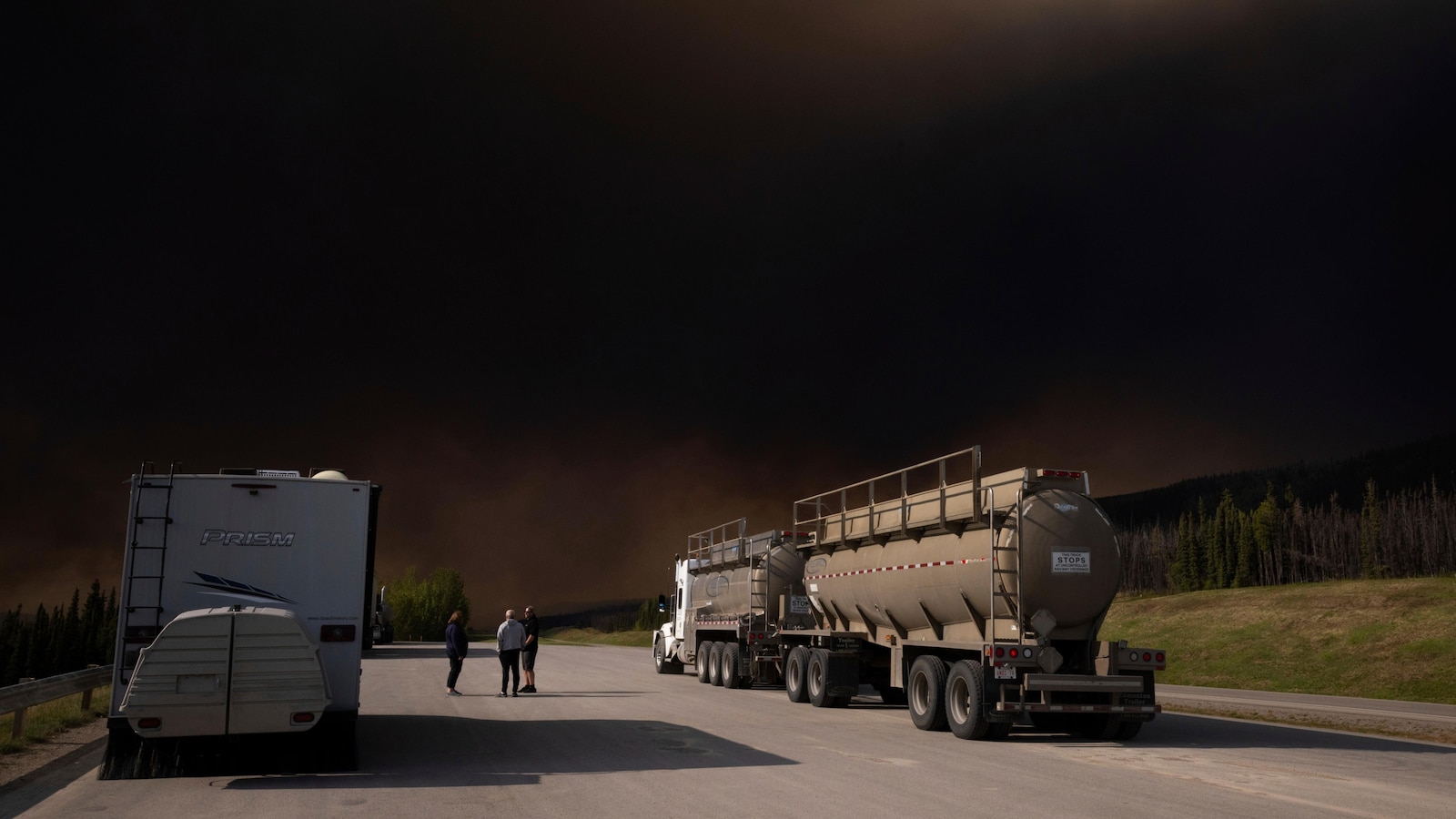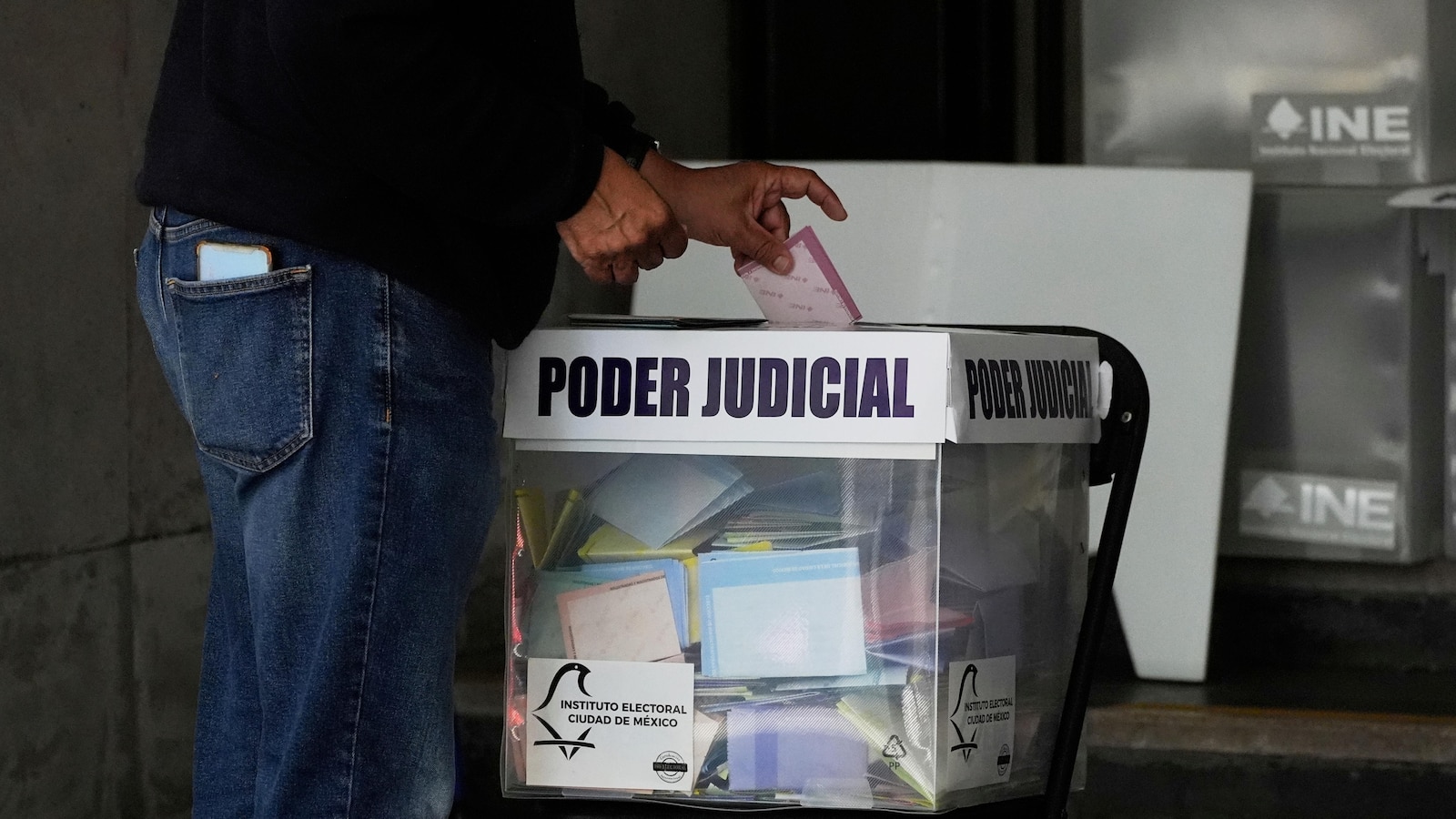[ad_1]
FLIN FLON, Manitoba — More than 25,000 residents in three provinces have been evacuated as dozens of wildfires remained lively Sunday and diminished air high quality in elements of Canada and the U.S., in response to officers.
Most of the evacuated residents have been from Manitoba, which declared a state of emergency final week. About 17,000 folks there have been evacuated by Saturday together with 1,300 in Alberta. About 8,000 folks in Saskatchewan had been relocated as leaders there warned the quantity may climb.
Smoke was worsening air high quality and lowering visibility in Canada and into some U.S. states alongside the border.
“Air quality and visibility due to wildfire smoke can fluctuate over short distances and can vary considerably from hour to hour,” Saskatchewan’s Public Safety Agency warned Sunday. “As smoke levels increase, health risks increase.”
Saskatchewan Premier Scott Moe mentioned ongoing sizzling, dry climate is permitting some fires to develop and threaten communities, and sources to struggle the fires and assist the evacuees are stretched skinny.
“The next four to seven days are absolutely critical until we can find our way to changing weather patterns, and ultimately a soaking rain throughout the north,” Moe mentioned at a Saturday information convention.
In Manitoba, greater than 5,000 of these evacuated are from Flin Flon, situated almost 645 kilometers (400 miles) northwest of the provincial capital of Winnipeg. In northern Manitoba, hearth knocked out energy to the group of Cranberry Portage, forcing a compulsory evacuation order Saturday for about 600 residents.
The hearth menacing Flin Flon started every week in the past close to Creighton, Saskatchewan, and shortly jumped the boundary into Manitoba. Crews have struggled to comprise it. Water bombers have been intermittently grounded resulting from heavy smoke and a drone incursion.
The U.S. Department of Agriculture’s Forest Service deployed an air tanker to Alberta and mentioned it might ship 150 firefighters and gear to Canada.
In some elements of the U.S., air high quality reached “unhealthy” ranges Sunday in North Dakota and small swaths of Montana, Minnesota and South Dakota, in response to the U.S. Environmental Protection Agency’s AirNow web page.
“We should expect at least a couple more rounds of Canadian smoke to come through the U.S. over the next week,” mentioned Bryan Jackson, a meteorologist with the National Weather Service within the U.S.
Separately, a hearth within the U.S. border state of Idaho burned 50 acres (20 hectares) and prompted street closures, in response to Idaho State Police.
Evacuation facilities have opened throughout Manitoba for these fleeing the fires, one as far south as Winkler, 20 kilometers (12 miles) from the U.S. border. Winnipeg opened up public buildings for evacuees because it offers with accommodations already filled with different hearth refugees, vacationers, enterprise folks and convention-goers.
Manitoba’s Indigenous leaders mentioned Saturday at a information convention that resort rooms within the cities the place evacuees are arriving are full, they usually referred to as on the federal government to direct resort house owners to provide evacuees precedence.
Assembly of Manitoba Chiefs Grand Chief Kyra Wilson mentioned it was one of many largest evacuations within the province because the Nineteen Nineties.
“It’s really sad to see our children having to sleep on floors. People are sitting, waiting in hallways, waiting outside, and right now we just need people to come together. People are tired,” Wilson mentioned at a information convention.
Canada’s wildfire season runs from May via September. Its worst-ever wildfire season was in 2023. It choked a lot of North America with harmful smoke for months.
___
Associated Press reporter Julie Walker contributed from New York.
[ad_2]



